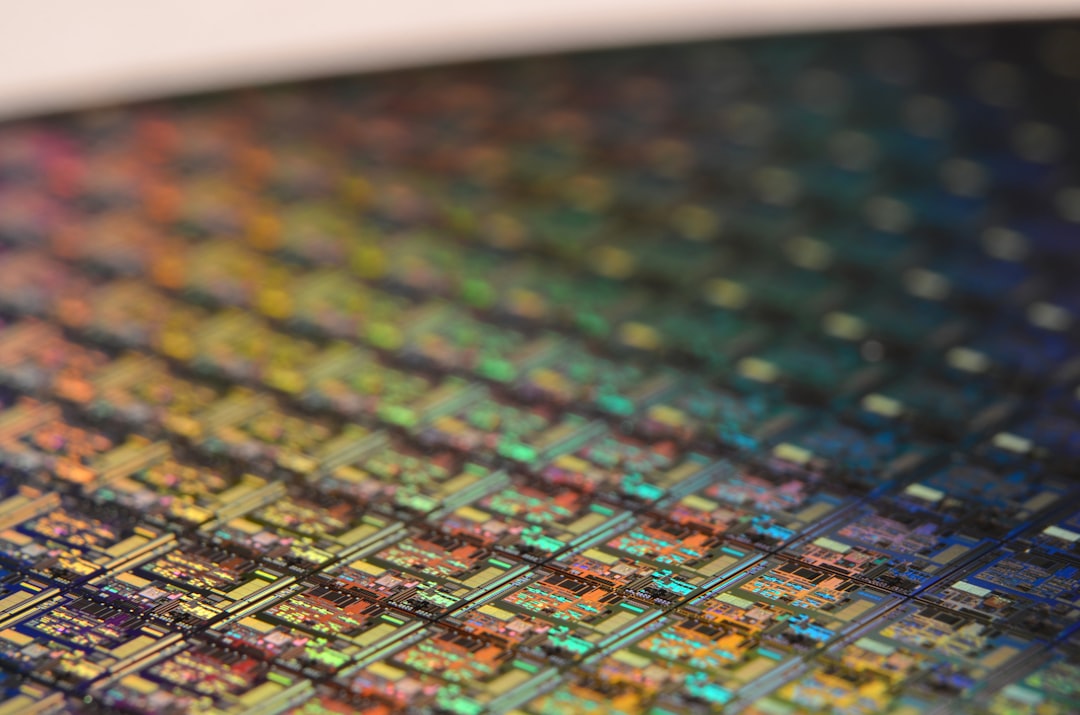New tool could improve lithography for smaller, faster chips

Researchers at MESA+ Institute for Nanotechnology have developed a tool that can measure the size of a plasma source and the colour of the light it emits simultaneously. The scientists say that this development will enable improvements in lithography machines, leading, in turn, to smaller, faster, and better-performing chips – both photonic and electronic.
Lithography machines are central to the process of making the microchips that are needed for almost all our electronic devices. To produce the smallest chips, these machines need precision-engineered lenses, mirrors and light sources. “Traditionally, we could only look at the amount of light produced, but to further improve the chipmaking process, we also want to study the colours of that light and the size of its source”, explains Muharrem Bayraktar, assistant professor at the XUV Optics Group.
The extreme ultraviolet light is emitted by a plasma source, produced by aiming lasers at metal droplets. With sets of special mirrors, this light is aimed at a silicon wafer to create the smallest microchips imaginable. “We want to make the plasma as small as possible. Too large and you ‘waste’ a lot of light because the mirrors cannot catch all the light”, says Bayraktar.
Besides the size, also the emitted colour is important. “The plasma does not only emit extreme ultraviolet light, but also other colours”, says Bayraktar. With this new tool, the researchers can look at the size and colour simultaneously. This makes it possible to investigate the relation between the size of a plasma source and the colour of the light it emits.
For this new tool, the researchers used a combination of tapered zone plates and transmission grating. Both were produced at MESA+. Tapered zone plates are specialised optical components that manipulate extreme ultraviolet light to precisely image the plasma source. The transmission grating disperses the light into its individual colours, making it possible to individually measure them.



































